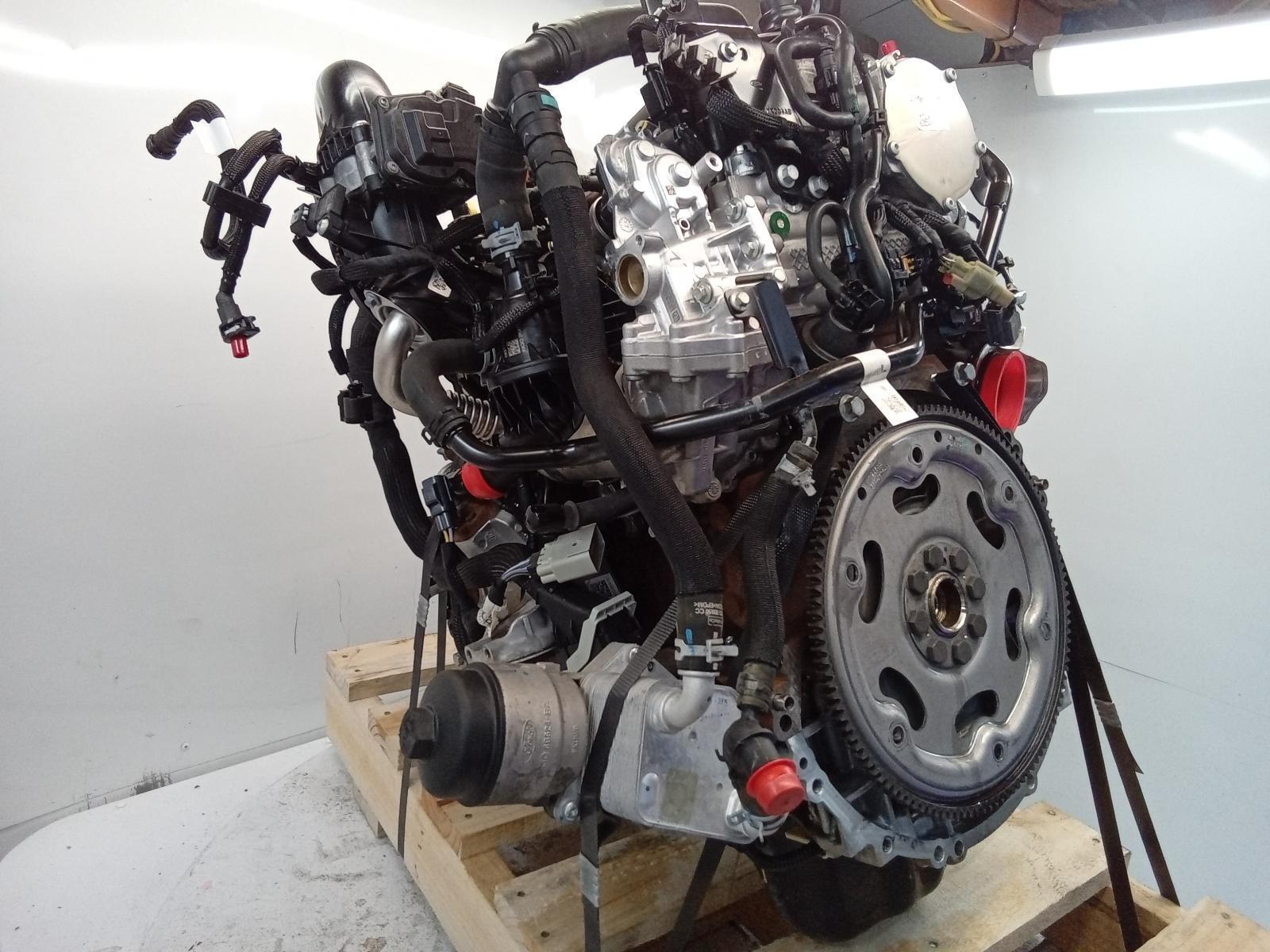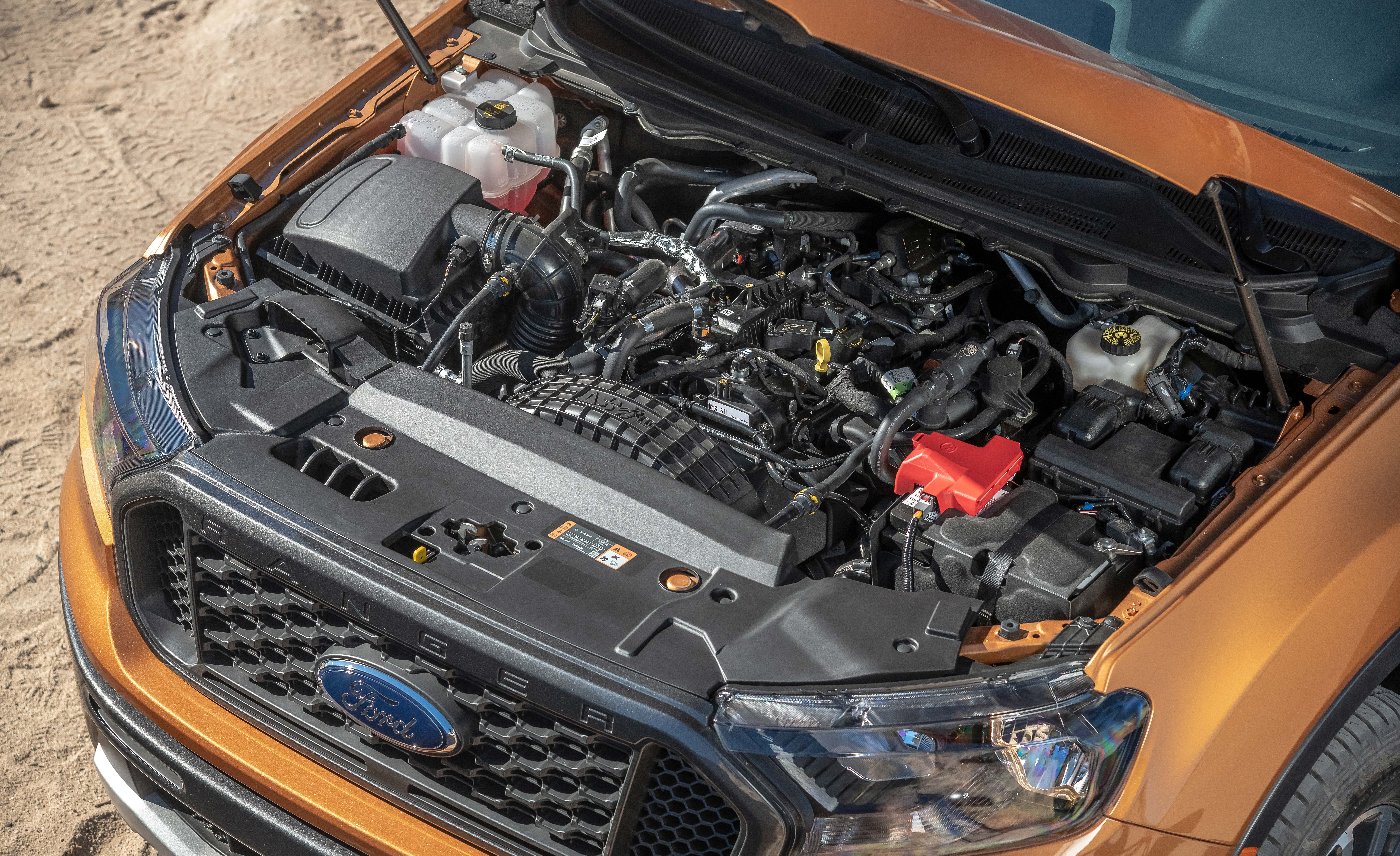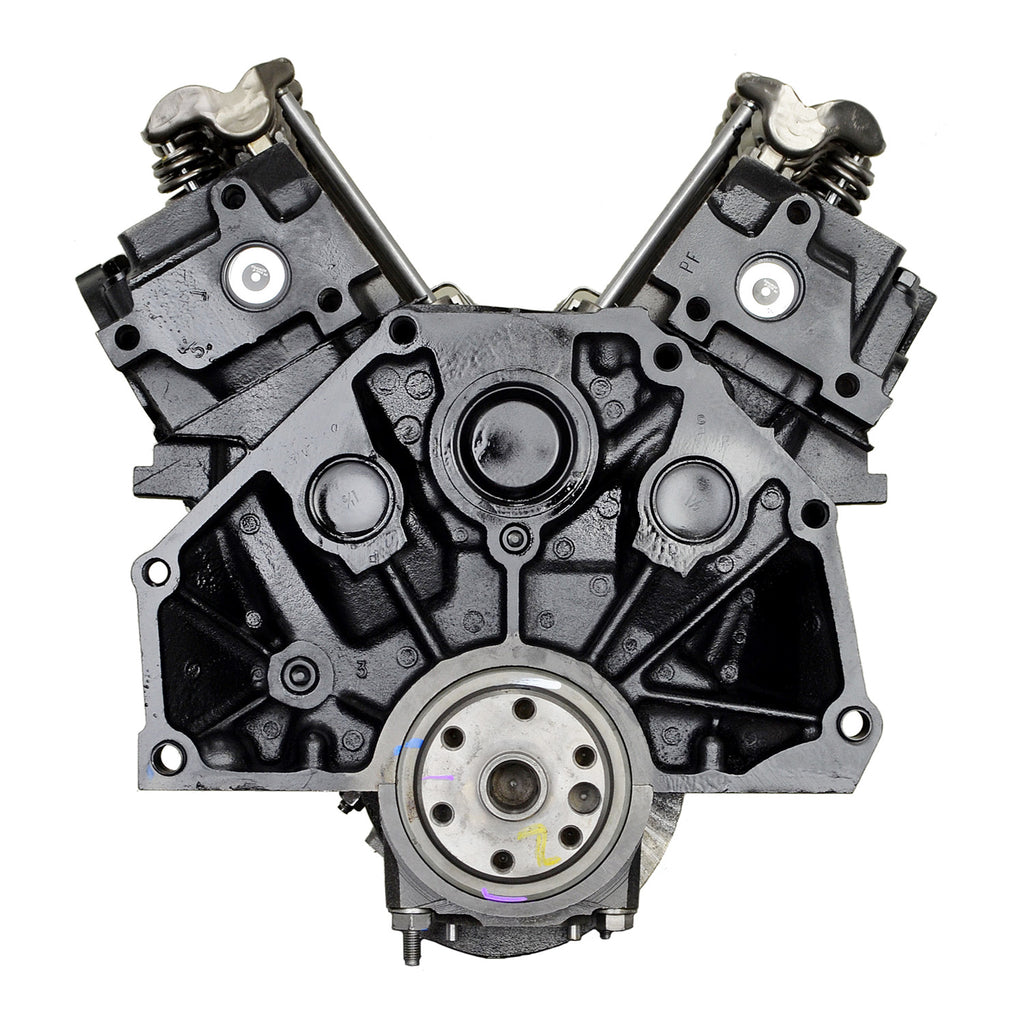How to Maintain and Optimize the 2.2 Ford Ranger Engine for Long-Lasting Performance
How to Maintain and Optimize the 2.2 Ford Ranger Engine for Long-Lasting Performance
Blog Article
Understanding the Essentials of Auto Engines: Types, Features, and Features

Summary of Vehicle Engines
A cars and truck engine functions as the heart of a lorry, transforming gas into mechanical power to push it ahead. This detailed system consists of different components that operate in unison to guarantee ideal efficiency and effectiveness. The essential operation of a cars and truck engine entails the internal burning process, in which fuel and air are combined, ignited, and eliminated to produce power.
The engine's style can dramatically impact its efficiency, fuel effectiveness, and exhausts. Key parts consist of the cylinder block, pistons, crankshaft, and camshaft, each playing a crucial function in the engine's total function. The cylinder block houses the cylinders where burning happens, while the pistons convert the explosive power from burning right into direct motion. This motion is then changed into rotational power by the crankshaft, enabling the car's wheels to turn.
Along with these parts, engines frequently utilize numerous systems such as gas shot, ignition, and cooling systems to improve performance and durability. Comprehending the basic technicians of car engines is vital for detecting concerns and executing maintenance, inevitably adding to the lorry's dependability and effectiveness with time.

Sorts Of Vehicle Engines
Car engines can be categorized right into numerous kinds based upon their design, gas type, and operational concepts. 2.2 ford ranger engine. One of the most typical categories consist of inner burning engines (ICE), electric engines, and hybrid engines
Inner burning engines, which can be more split into gasoline and diesel engines, run by firing up a fuel-air mix to create power. Gasoline engines are typically lighter and smoother, while diesel motor are a lot more fuel-efficient and deal higher torque.
Electric engines make use of electrical power stored in batteries to power an electrical motor, supplying instantaneous torque and zero discharges throughout operation. As modern technology breakthroughs, electrical cars (EVs) are increasingly ending up being prominent for their environmental benefits and lower running expenses.
Crossbreed engines incorporate aspects of both interior burning and electric engines, enabling versatile power resources and improved gas performance. They can run in different settings, making use of either the gasoline engine, the electrical motor, or both at the same time.
Each type of engine has distinct benefits and disadvantages, affecting their application in different automobile types and market segments, from small cars to heavy-duty trucks. Recognizing these types is important for making educated choices regarding lorry selection and performance expectations.
Engine Features Clarified
Recognizing engine functions is vital for realizing just how cars run effectively. At the core of any type of interior burning engine exists the basic process of transforming gas right into mechanical power.
The ignition occurs next, igniting the mix and developing a rapid expansion of gases. This force drives the piston down during the power stroke, which ultimately equates into the rotational movement of the crankshaft. The exhaust stroke then gets rid of the invested gases from the chamber, making way for a brand-new cycle to begin.
In enhancement to these main functions, engines additionally incorporate systems that take care of air conditioning and lubrication, ensuring optimal functional temperature levels and reducing rubbing in between relocating parts. This intricate interplay of features allows click for more the engine to create the power required for automobile propulsion while maintaining efficiency and reliability. Understanding these features supplies useful insight into the intricacies of automobile design and improves the capability to diagnose and deal with engine-related issues properly.
Key Engine Functions
Engine design incorporates a number of vital features that dramatically affect effectiveness, toughness, and efficiency. Among the most important elements is the engine configuration, which consists of inline, V-type, and level designs. Each arrangement impacts the engine's power, size, and balance output, thus impacting overall vehicle dynamics.
One more essential feature is the engine displacement, referring to the complete volume of all cylinders. Larger variations normally produce more power yet might jeopardize fuel performance. Engine materials likewise play an essential function; high-strength and light-weight products, such as light weight aluminum and magnesium alloys, enhance efficiency without including excessive weight.
The sort of gas shot system used-- such as straight or multi-port injection-- affects burning performance and exhausts. Turbo charging and turbocharging are attributes that boost engine performance forcibly additional air into the burning chamber, raising power result without dramatically enhancing engine size.
Lastly, the presence of advanced engine management systems optimizes fuel-air combination and ignition timing, adding to smoother procedure and much better fuel economy. Jointly, these functions specify an engine's abilities, establishing the structure for its performance and durability in a competitive automobile landscape.
Maintenance Tips for Engines
Proper engine upkeep is crucial for ensuring ideal performance and long life, as ignoring routine care can bring about significant issues down the line. To keep your engine properly, start with regular i was reading this oil changes, typically every 3,000 to 7,500 miles, depending upon the sort of oil made use of. Fresh oil lubricates engine elements, decreasing friction and wear.
Additionally, monitoring coolant levels is essential to prevent getting too hot. Make sure that the coolant is covered up and is in great problem to maintain effective temperature guideline. Regularly check and change air and gas filters, as blocked filters can hinder air movement and fuel shipment, compromising engine efficiency.
Moreover, take notice of ignition system and ignition systems. Malfunctioning or worn ignition system can result in misfiring and reduced efficiency. Inspecting the battery terminals and links for rust is likewise crucial, as a check out here weak battery can influence engine beginning.

Final Thought
In recap, an extensive understanding of car engines includes numerous types, functions, and key features that significantly influence automobile performance. Inner burning engines, in addition to hybrid and electric options, show varied mechanisms for power conversion. 2.2 ford ranger engine. Acknowledging the important features, such as intake and exhaust cycles, together with vital engine features like setup and fuel shot systems, gears up cars and truck owners with the knowledge necessary for efficient upkeep and operation, inevitably improving lorry durability and performance
A cars and truck engine serves as the heart of an automobile, transforming gas into mechanical power to move it onward. The basic procedure of a vehicle engine includes the inner burning process, wherein gas and air are combined, stired up, and gotten rid of to produce power.
Frequently change and inspect air and fuel filters, as clogged filters can hinder air flow and fuel shipment, jeopardizing engine performance. - 2.2 ford ranger engine
In summary, an extensive understanding of vehicle engines incorporates numerous kinds, functions, and key features that dramatically affect vehicle efficiency. Identifying the important functions, such as intake and exhaust cycles, together with essential engine functions like setup and fuel injection systems, furnishes auto owners with the understanding required for reliable maintenance and procedure, ultimately boosting automobile long life and efficiency.
Report this page